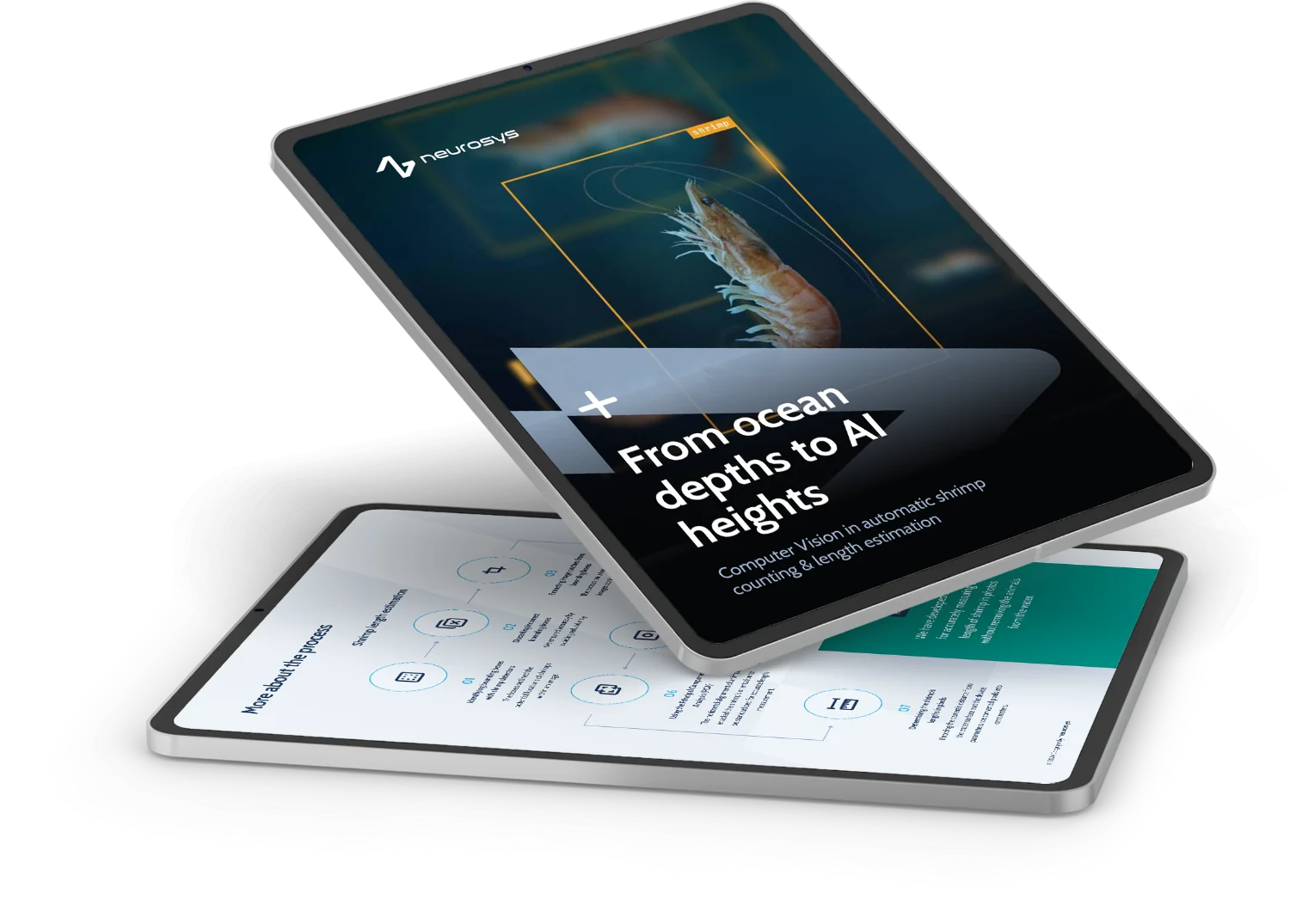
The manual biomass measurements in aquaculture pose significant challenges. The process has remained tedious and time-consuming throughout the industry's history, with no substantial improvements. The accuracy of these measurements relies heavily on the operator's skills and experience, making them susceptible to human error.
Furthermore, manual measurements are typically limited to small samples, which may provide an inaccurate representation of the entire animal population. This limitation results in errors when estimating the total biomass. In addition, frequent manual measurements cause animal stress, disrupt their feeding patterns, and compromise their well-being.
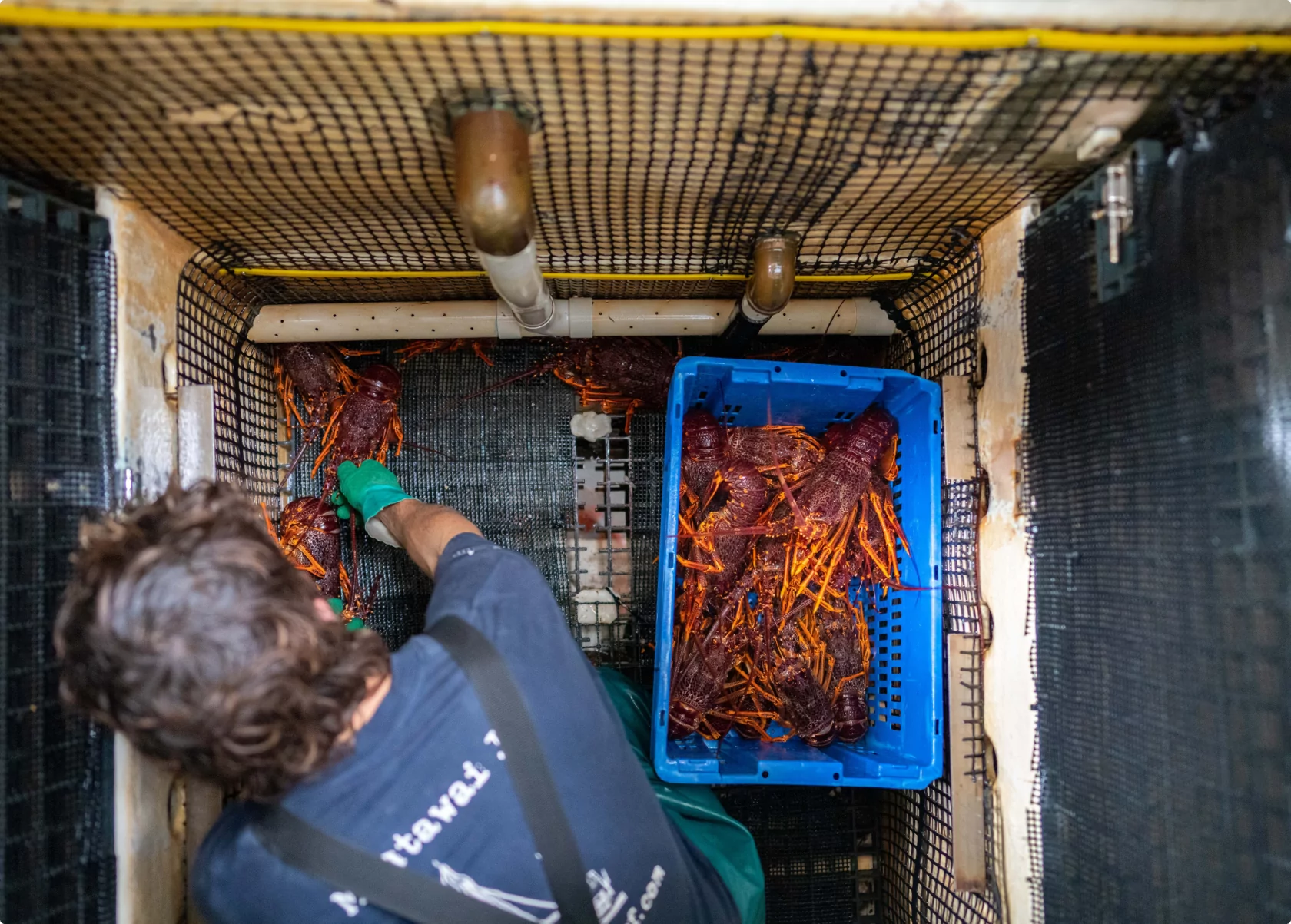
Aquaculture faces various problems, particularly in maintaining bred species' health, spanning across trout, salmon, and lobster farming, and other aquafarming environments. Among the primary challenges is the outbreak of diseases and infections, which can rapidly spread within populations and lead to significant losses. Additionally, overcrowding of fish or shrimp in confined spaces can induce stress, weaken their immune function, and heighten their vulnerability to diseases.
Factors such as poor water quality, insufficient nutrition, excessive feed retention, and inadequate sanitation can further contribute to the declining health of farmed species. Furthermore, using antibiotics and chemicals to treat diseases can give rise to antibiotic-resistant pathogens and cause environmental pollution.
The significance of integrating sustainable practices into aquaculture cannot be overstated. It plays a crucial role in ensuring the industry's long-term viability while minimizing its adverse environmental impacts. Aquaculture heavily relies on vital natural resources like water, land, and feed ingredients, which can be depleted or degraded if not appropriately managed.
By adopting sustainable practices such as responsibly sourcing feed, using water and energy efficiently, and reducing waste, we can conserve these resources and reduce the industry's environmental footprint. Taking a balanced approach to aquaculture enhances automation on fish farms, improves profitability and resilience, and contributes to global sustainability goals.

The absence of standardized data collection documents and tools can lead to inconsistencies and incomplete data. Traditional methods of collecting extensive data can be costly, time-consuming, and reliant on skilled personnel, especially when dealing with complex factors such as water quality and fish health. Therefore, accurate data collection and processing are crucial to achieving the best results in aquaculture farming. This task is best accomplished with the aid of AI-powered solutions.
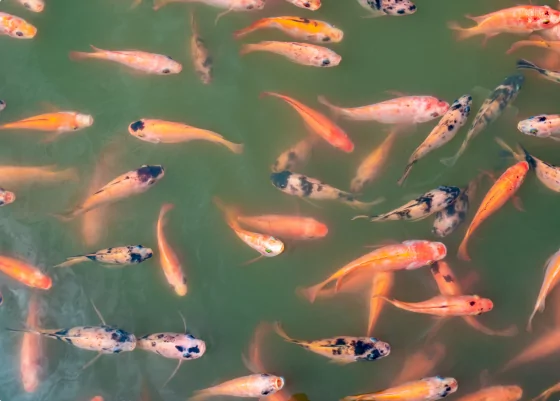
When implementing AI in aquaculture, it is essential to consider the varying standards and regulations across different countries and regions. Learn more about the importance of AI compliance in industrial tech solutions.
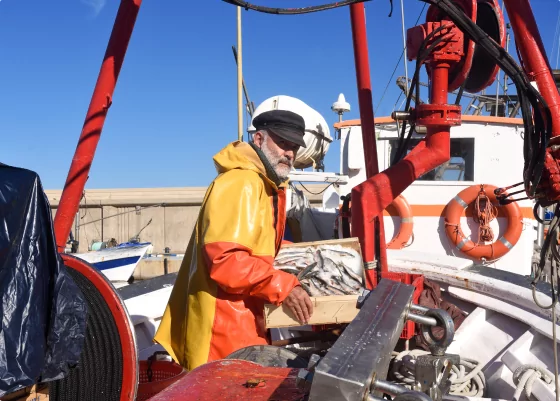
Artificial intelligence has initiated a transformative shift in biomass monitoring in aquaculture by digitalizing the process and providing accurate, real-time data. AI offers the potential to develop machine learning models that can automatically detect, recognize, and count fish in images or videos. Additionally, AI-powered solutions enable environmental data analysis, including water quality and temperature, to forecast fish growth and optimize feeding schedules.
Another notable application of AI in aquaculture involves the utilization of smart sensors to monitor fish behavior, feeding patterns, and health. Thanks to the increased data analysis speed, artificial intelligence in aquaculture enhances the accuracy and productivity of biomass monitoring and mitigates the risks associated with manual measurements. As a result, fish and shrimp farming can achieve higher production efficiency, improved profitability, and reduced environmental impact, thus contributing to sustainable aquaculture systems.
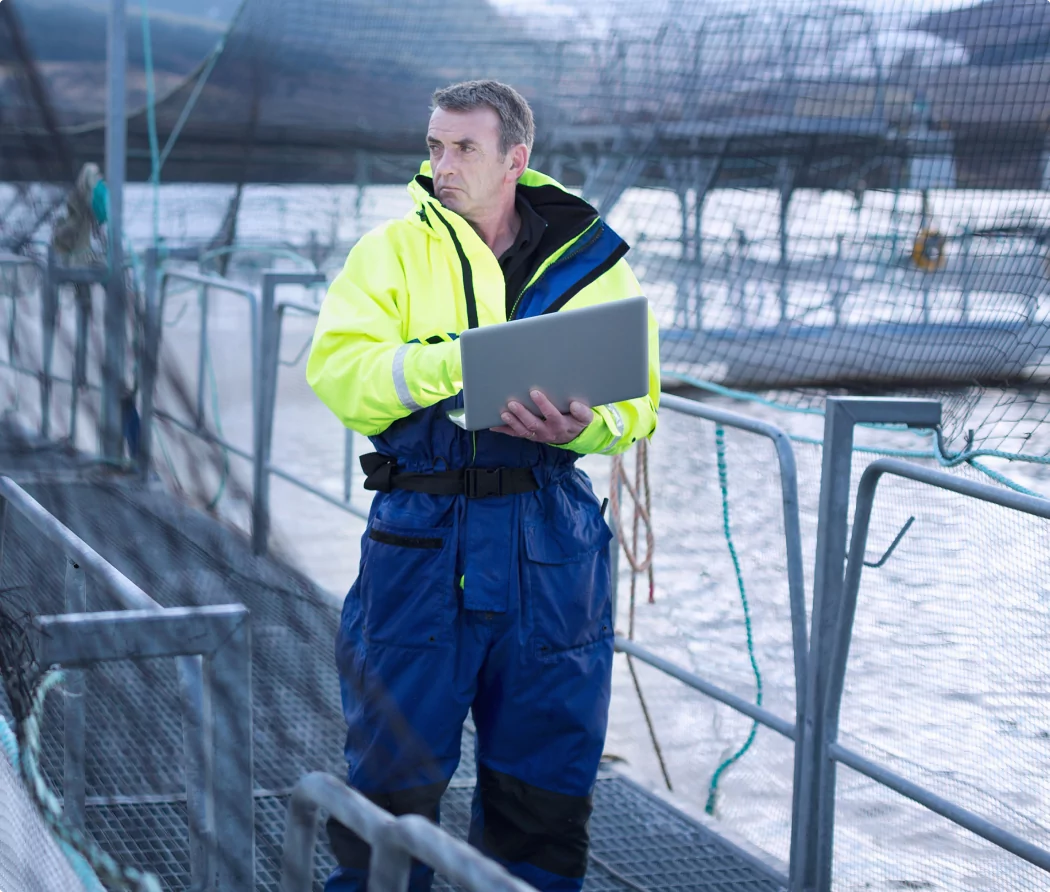


Artificial intelligence plays a vital role in ensuring the health of marine organisms through real-time monitoring, analysis, and prediction of their behavior and condition. AI-powered sensors effectively track key water quality parameters like dissolved oxygen, pH, and temperature, which directly impact the well-being and survival of livestock. They can also detect potential issues such as bacterial blooms or oxygen depletion.
By leveraging digital technology, early detection of health issues allows for timely intervention, such as adjusting feed regimes or administering treatments. AI solutions facilitate the development of tailored nutrition plans for marine livestock, optimizing feed intake while minimizing waste. Furthermore, artificial intelligence aids in disease diagnosis and prevention by analyzing data on disease outbreaks, identifying risk factors, and predicting patterns of transmission.
Implementing algorithm-based solutions eliminates animal stressors commonly associated with conventionally executed operations. As a result, it enhances proactive management in marine farming and prevents health issues in aquaculture.
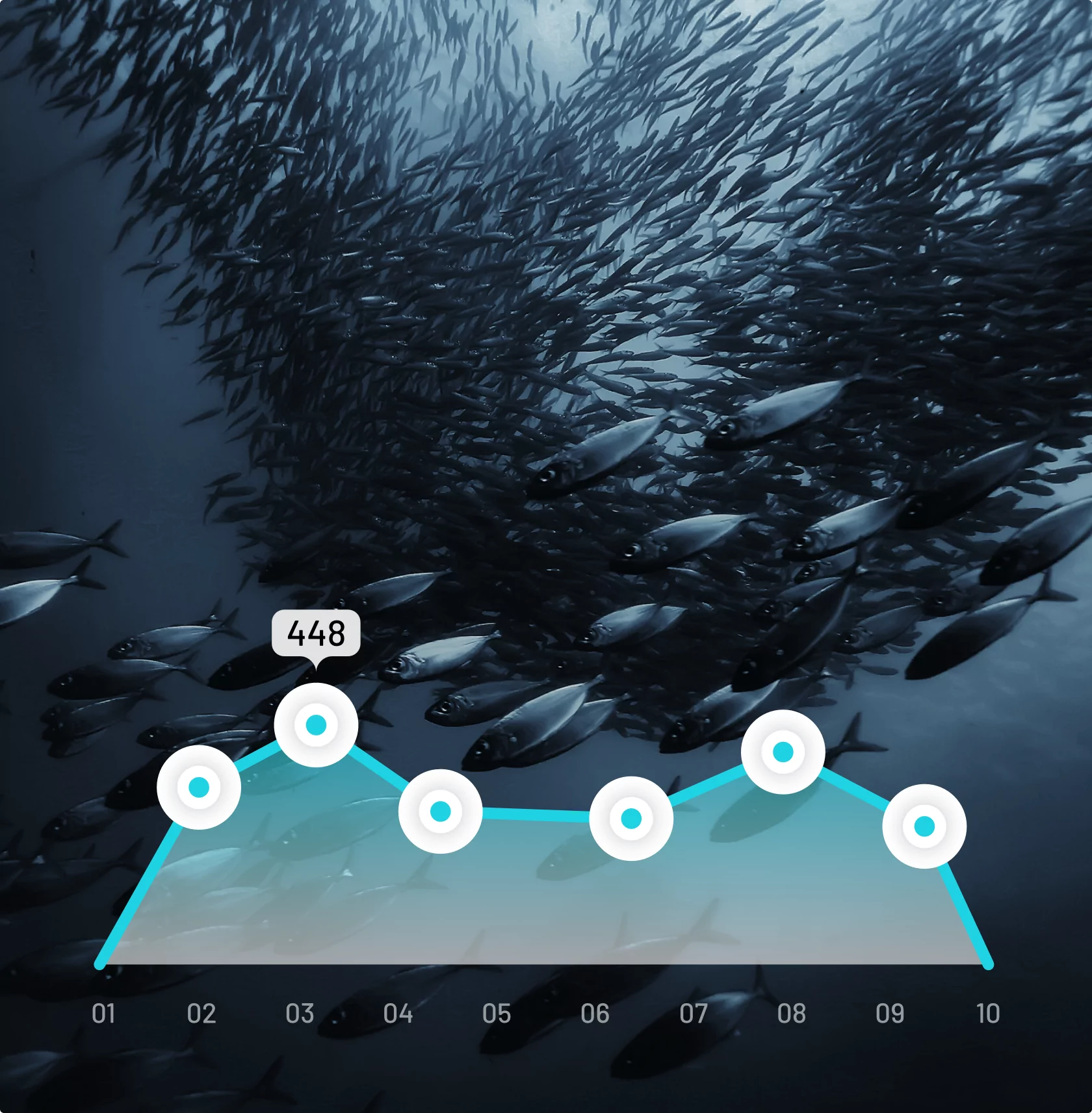
AI plays a crucial role in promoting sustainability in the aquaculture industry. It accomplishes this by enhancing production efficiency, mitigating environmental impacts, and encouraging responsible management practices. AI-powered sensors contribute to waste reduction by optimizing feeding regimes and closely monitoring water quality, leading to a decreased reliance on chemicals.
Machine learning models in aquaculture allow farming entities to optimize site selection and reduce the risk of environmental damage by analyzing weather patterns, water currents, and other environmental factors. Additionally, AI supports responsible feed sourcing by assessing various feed ingredients' nutritional value and environmental impact, ultimately creating personalized nutrition plans for individual fish. Finally, utilizing AI facilitates the development of traceability and certification systems, empowering consumers to make well-informed choices and incentivizing sustainable practices.
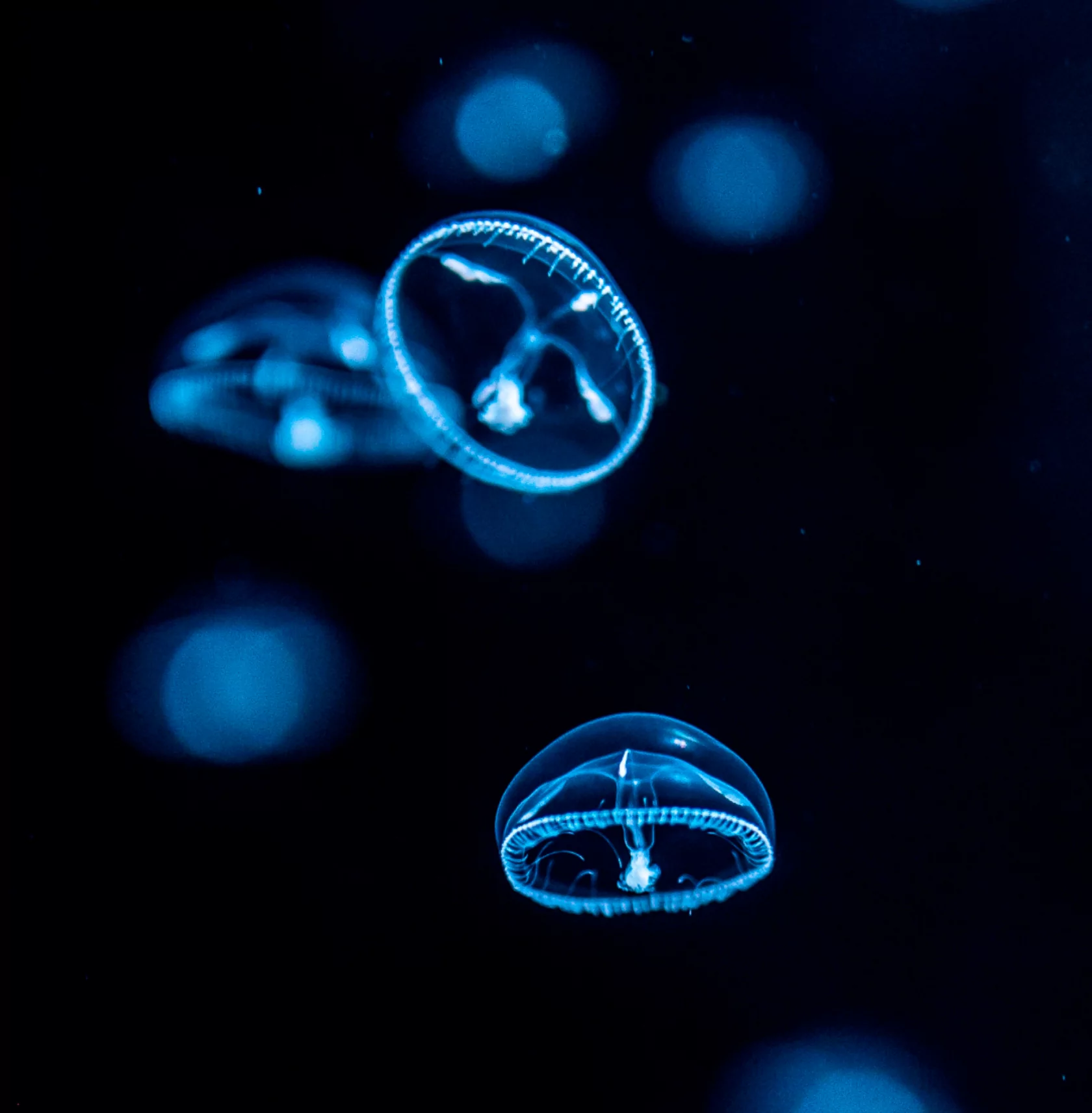
AI has the potential to revolutionize data analysis in aquaculture by offering real-time insights and predictions that facilitate informed decision-making. Algorithms analyze large data sets to identify patterns, detect anomalies, and make predictions. The invaluable insights generated by AI empower decision-makers to adopt a more informed and data-driven approach, resulting in enhanced efficiency, productivity, and sustainability in the aquaculture industry. Furthermore, algorithm-powered data processing leaves no room for speculation, providing substantial outputs that contribute to the advancement of sustainable aquaculture farming.
Implementing AI solutions in pisciculture provides researchers with a comprehensive toolset, relieving them from mundane tasks. However, the industry encounters problems when it comes to integrating AI due to limited awareness and understanding of its potential benefits and a lack of specialized knowledge in combining AI with aquaculture systems. Granting bodies require concrete evidence of the suitability of these solutions, which can be difficult for research institutions to provide.
Another obstacle lies in developing scalable AI solutions that can easily adapt to different aquaculture systems and species. To secure research funding, organizations must convince grantors of the value and significance of AI in aquaculture, which is still in its early stages of digitalization.
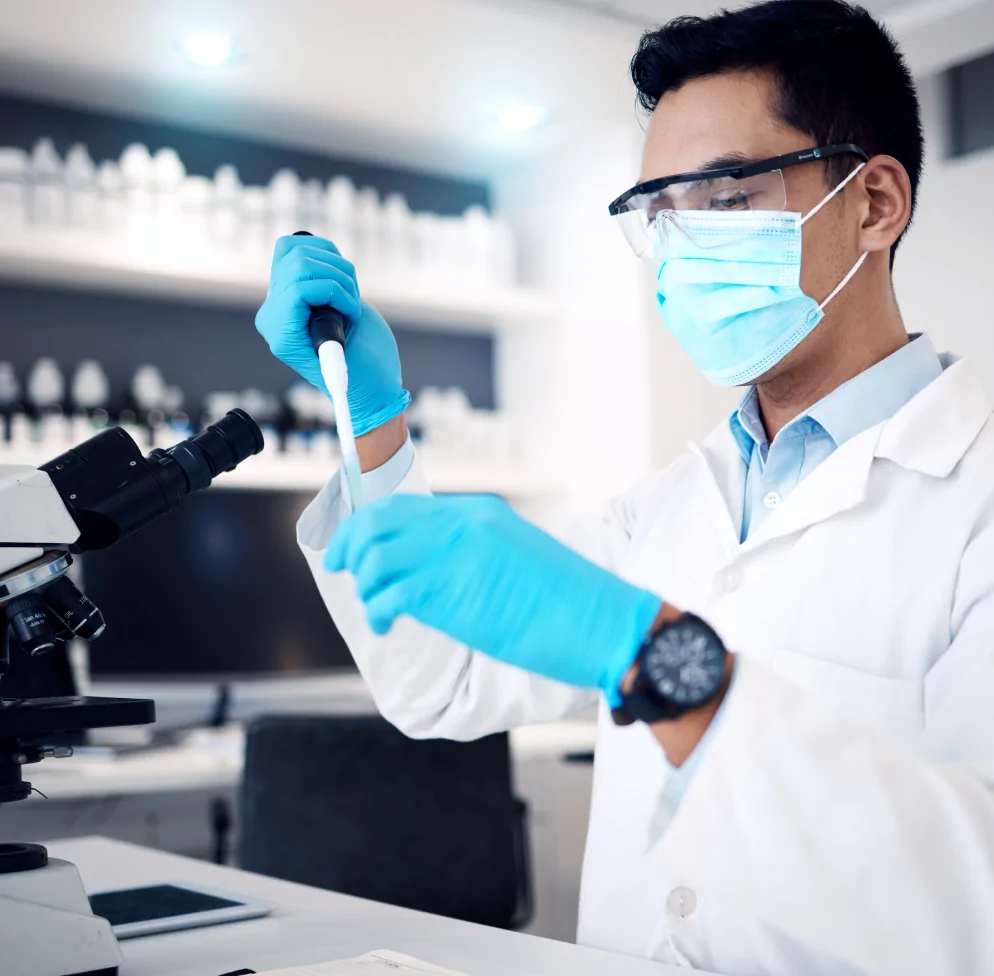

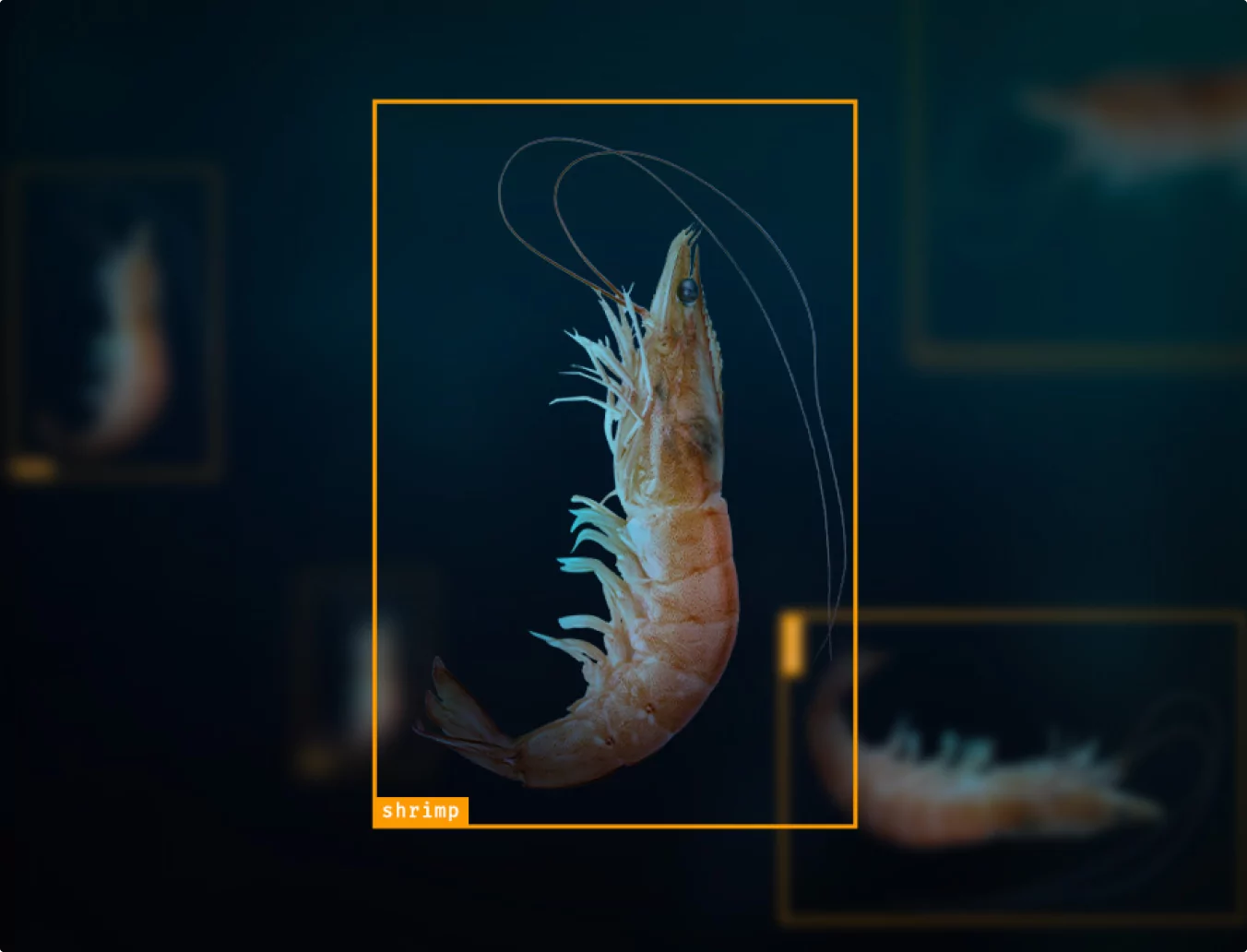

IT system providers catering to the aquaculture industry face numerous challenges in implementing AI technology. The primary one lies in integrating AI with various aquaculture systems, often intricate and specific. Additionally, gathering high-quality data for AI model training and validation can be arduous within aquaculture conditions. Financial constraints further compound the difficulties, as companies may find it challenging to invest in AI technology. Moreover, the scarcity of qualified specialists and resources for continuous research and development presents ongoing challenges for AI-focused technology providers in the aquaculture sector.
To address these challenges, IT system providers must develop scalable and adaptable AI solutions that seamlessly integrate with different aquaculture systems and accommodate a variety of species. Simultaneously, they should provide robust support and comprehensive training to clients, ensuring the successful implementation of these technologies.
Seafood farming, including shrimp and clam cultivation, presents various challenges that require careful navigation. These obstacles include inaccurate biomass measurements, a lack of precise data, difficulties in maintaining biomass quality and health, and monitoring cultivation conditions. To achieve optimal outcomes, it becomes necessary to embrace modern technologies that promote process automation, precise monitoring and analysis of cultivation ponds, and early detection of concerns related to water quality, overfeeding, and animal health.
Effective process and change management is crucial for the success of seafood farms and for delivering high-quality products to customers. To tackle these challenges, shrimp and seafood farmers should consider implementing AI-based solutions for real-time monitoring, early disease detection, and more efficient and accurate biomass management. AI technology can contribute to optimizing feeding patterns, ensuring water quality, and ultimately enhancing the livestock's overall health, leading to increased yields.





Incorporating AI into seafood farms begins with a proof of concept (POC), which typically takes between 2 weeks and one month. The exact duration depends on factors such as the prompt provision of necessary data by the client and the data quality and structure. Once the POC is ready, the fully-functional AI solution can be developed further to match the recognized needs.


Absolutely! We are proud to have a strong research and development (R&D) department with years of experience collaborating closely with scientists. If you're interested in exploring our research projects further, we invite you to visit our case studies: https://neurosys.com/case-studies/category/ai-ml. For additional information regarding our R&D department, please visit our dedicated page at [insert URL for the new R&D page].


Our company has a team of dedicated scientists actively engaged in ongoing collaborations with other scientists. This fruitful synergy between business and science is a driving force behind our AI projects. We encourage you to visit our R&D website at [insert URL for the new R&D page] to gain deeper insights into our team and their developments.


Whether you require a comprehensive product, AI consulting, tech investment, or an extended team, our experts are here to assist you in finding the best solutions.